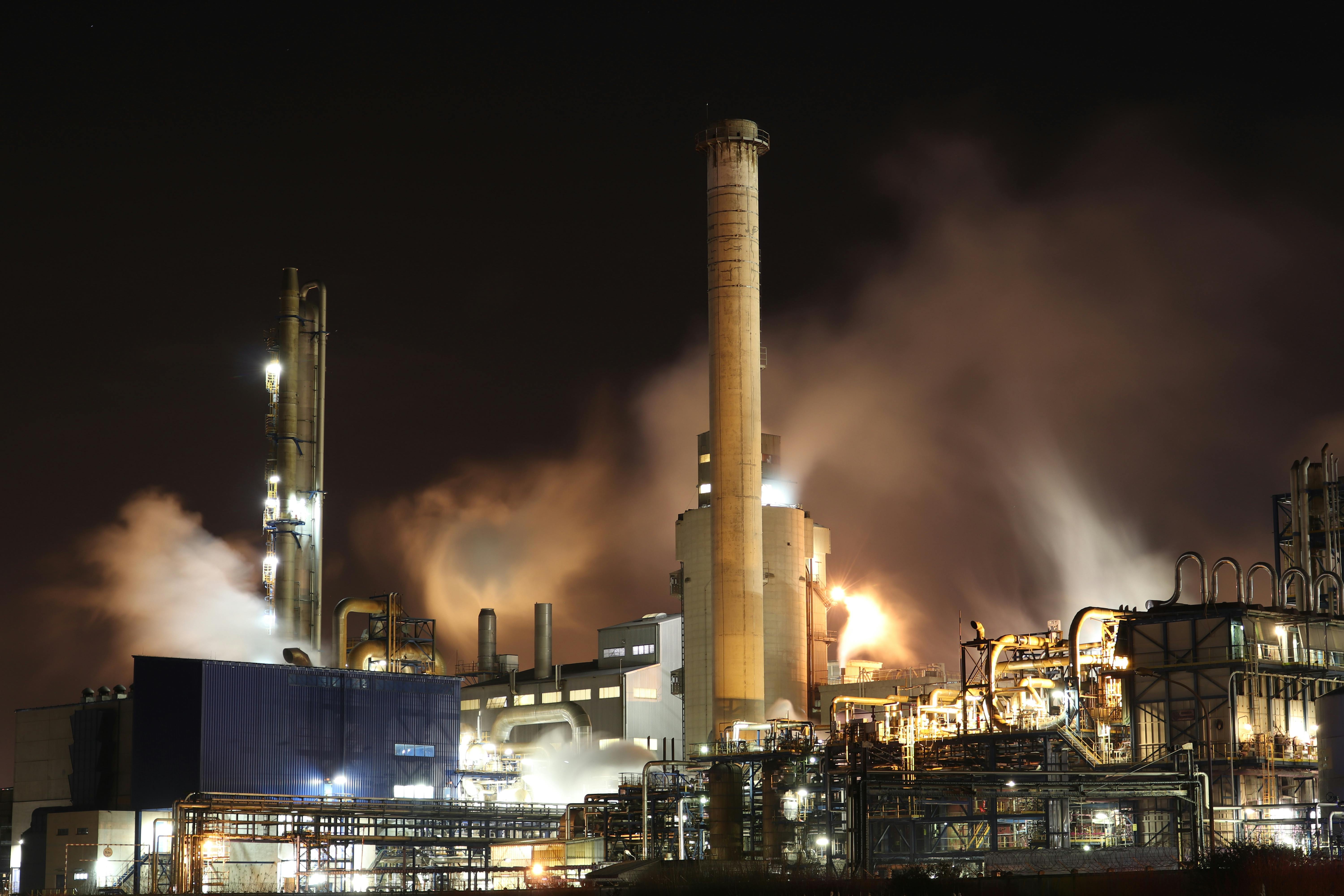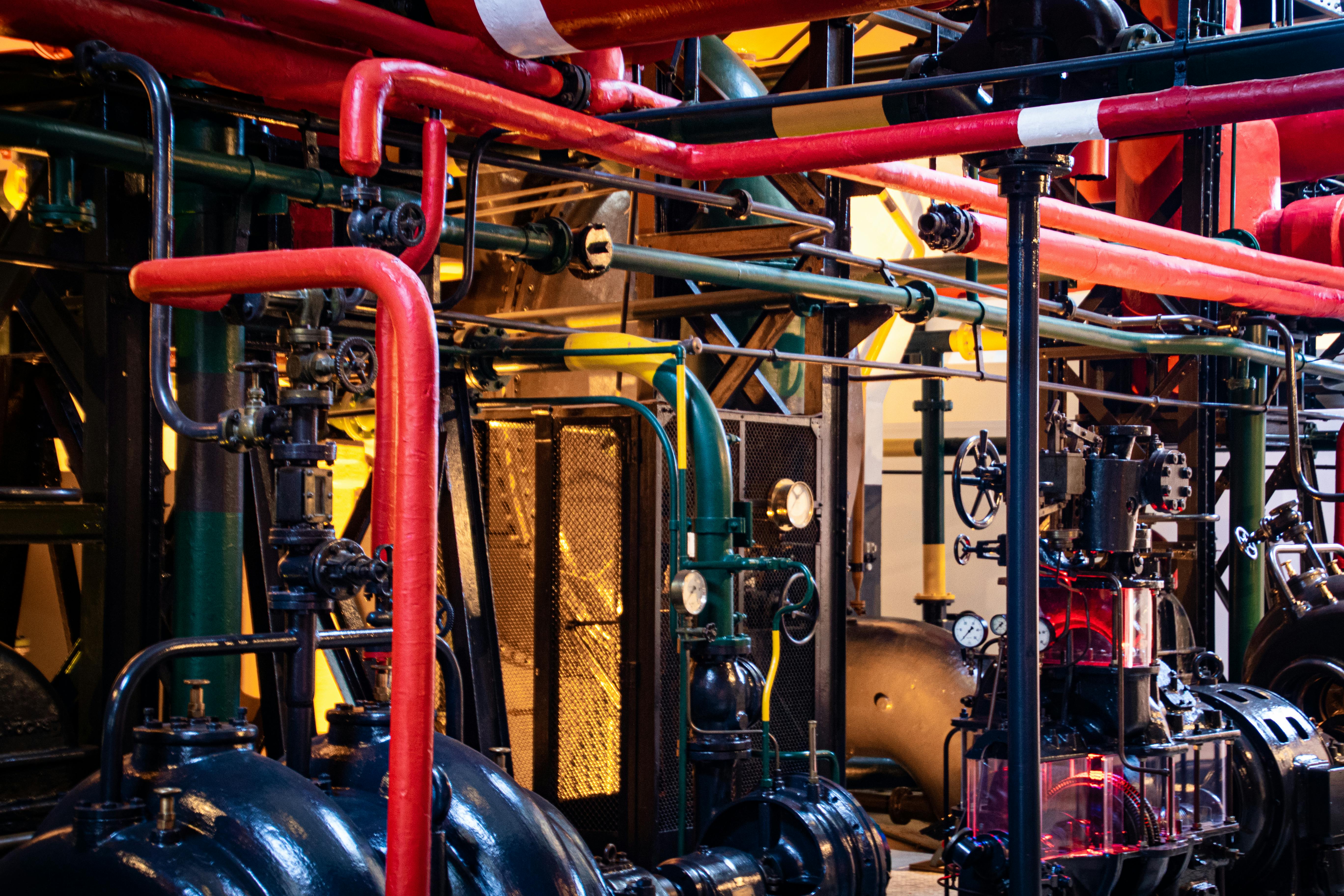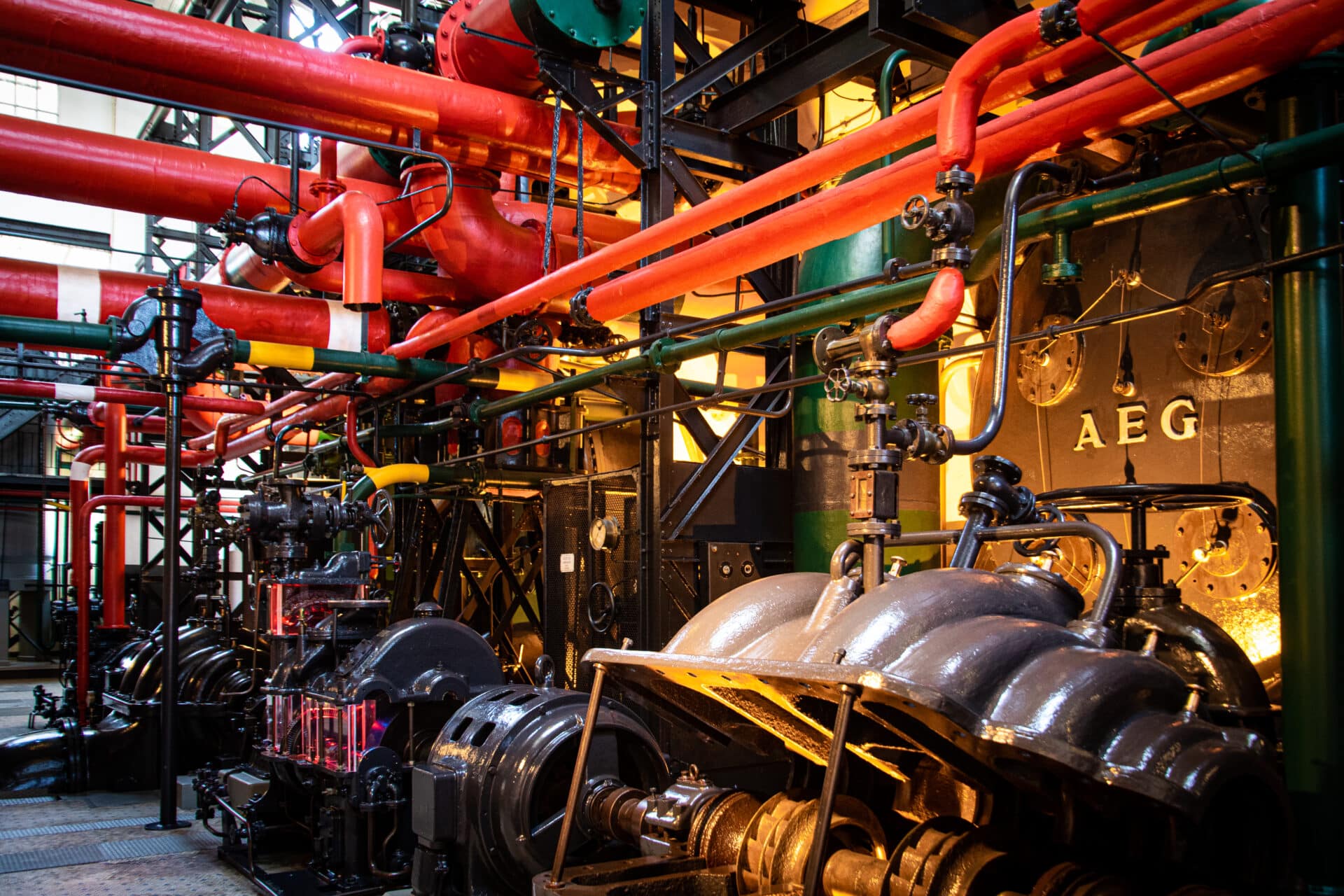Petroleum distillates are a broad classification of hydrocarbons that are produced during the refinery process. They are derived from crude oil, which is distilled and separated into different fractions or cuts. Petroleum distillates can include gasoline, diesel fuel, heating oil, lubricants, kerosene, and other related products. These materials play a critical role in the energy industry as they are used to power our vehicles and heat our homes.Petroleum distillates are a group of liquid products obtained from the fractional distillation of crude oil. These products have a wide range of uses, including fuel, lubricants and petrochemicals. Petroleum distillates consist mainly of hydrocarbons, compounds containing only hydrogen and carbon atoms, ranging from lighter gases like propane to heavier liquids like diesel fuel.
Types of Petroleum Distillates
Petroleum distillates are derived from crude oil and they represent a wide variety of products. The most common petroleum distillates include gasoline, diesel fuel, jet fuel, heating oil, and kerosene. Other types of petroleum distillates include lubricants, solvents, waxes, and asphalt. Petroleum distillates can be divided into two categories based on their boiling point: light petroleum distillates (LPDs) and heavy petroleum distillates (HPDs).
Light petroleum distillates have a boiling point between 30-205 degrees Celsius and are used for a variety of products including gasoline and jet fuel. These distillates have lower viscosity than their heavier counterparts and are more volatile due to their lower boiling point. LPDs have a higher octane rating than regular gasoline and are used in engines that require higher octane ratings.
Heavy petroleum distillates have boiling points higher than 205 degrees Celsius and are used for a variety of products including diesel fuel, heating oil, lubricants, solvents, waxes, asphalt, etc. These heavier distillates have higher viscosity than light petroleum distillates due to their higher boiling points. HPDs are more difficult to vaporize than LPDs due to the increased viscosity and can therefore be used in applications that require high temperature stability such as engines that require diesel fuel or heating oil.
Petroleum distillates can also be categorized based on the type of refining process they go through. Crude oil is refined through either thermal cracking or catalytic cracking in order to produce various types of petroleum products such as gasoline or diesel fuel. Thermal cracking is the process used to produce lighter fraction products while catalytic cracking is used to produce heavier fraction products such as lubricants or waxes.
In conclusion, there are many types of petroleum distillate products derived from crude oil that vary by boiling point as well as the type of refining process they go through. Light Petroleum Distillates (LPDs) are characterized by lower boiling points while Heavy Petroleum Distillate (HPDs) have higher boiling points which offer increased viscosity and temperature stability for certain applications.
Properties of Petroleum Distillates
Petroleum distillates are a group of refined hydrocarbon products from the fractional distillation of crude oil. They are composed of a wide range of compounds that vary in boiling point and molecular weight. The properties of petroleum distillates depend on the composition of their components, which can be broadly divided into two categories: straight-run products and cracked products. Straight-run products are produced directly from crude oil with little to no further processing and include gasoline, kerosene, diesel fuel, fuel oils, and lubricating oils. Cracked products are produced by breaking down larger molecules into smaller ones through chemical processing and include aromatics such as benzene, toluene, xylene, and other light hydrocarbons such as ethylene and propylene.
The most important property of petroleum distillates is their volatility. Volatility is the measure of a fluid’s tendency to vaporize at a given temperature. This is important because it affects the storage, handling, and burning characteristics of the material. Higher volatility means that the material will evaporate more easily at lower temperatures while lower volatility materials will require higher temperatures before they become gaseous. Petroleum distillates also contain various levels of sulfur compounds which affect their viscosity as well as their ability to be burned cleanly in engines. The presence of sulfur compounds can lead to increased emissions when burned in internal combustion engines.
Petroleum distillates also contain various amounts of heavy metals such as lead which can have an adverse effect on health if consumed or inhaled in large amounts. Lead is added to gasoline during refining processes to improve octane ratings but has been phased out due to its toxicity. Additionally, certain distillate fuels such as diesel fuel contain small amounts of aromatic hydrocarbons which can be harmful if inhaled or ingested in large amounts.
Finally, petroleum distillates contain various levels of water which can affect their storage stability and performance characteristics when burned in engines or used for heating purposes. Water content should be monitored carefully prior to use so that it does not exceed safe levels for use in engines or heaters.
Uses of Petroleum Distillates
Petroleum distillates are a type of oil derived from crude oil, which is used in a variety of products and industries. Petroleum distillates are used as fuel, lubricants, solvents, and raw materials for the production of chemicals. These petroleum-based products are commonly used in automobiles, aircraft, ships, trains, and home heating systems. They can also be found in many consumer products such as paints, cleaners, and cosmetics. Petroleum distillates have become an important part of modern life as they are essential components of many everyday items.
The most common use for petroleum distillates is as a fuel source. Gasoline and diesel fuel are both made from petroleum distillates. These fuels provide the power needed to run automobiles and other vehicles. They also provide energy for heating homes and businesses in colder climates. Additionally, petroleum distillates can be converted into jet fuel which powers aircrafts.
Lubricants are another significant use for petroleum distillates. Lubricants reduce friction between moving parts to improve efficiency and reduce wear on machinery components like engines and gears. Engine oil is one example of a lubricant made from petroleum distillates that is used in automobiles and other vehicles to keep their engines running smoothly. Similarly, many other industrial machines rely on lubricants made from petroleum distillates to keep them running properly.
Solvents also derive from petroleum distillates and are commonly used in industrial processes including paint stripping and degreasing metals or plastics. Solvents can also be used to dissolve paints or other coatings so they can be removed or repurposed for another use. Similarly, solvents made from petroleum distillates can be found in many household cleaning products such as window cleaners or all-purpose cleaners that dissolve dirt or grease on surfaces so they can be wiped away more easily.
Lastly, raw materials for chemical production also come from petroleum distillates as well as crude oil itself. Many plastics are derived from chemical reactions involving these raw materials which makes them an essential component of many everyday items including bottles, packaging materials, toys and furniture items that we use every day but often take for granted!
Refining of Petroleum Distillates
The refining of petroleum distillates involves a complex process that separates the various components of crude oil. The process begins with the distillation of crude oil into fractions, and then further processing to produce specific products. Distillation is essentially a process that utilizes heat to vaporize the different components in crude oil, separating them into different fractions. The fractions are then treated to remove impurities and further processed, depending on their intended use. For example, some fractions may be used to create gasoline or diesel fuel, while others may be used for lubricants or asphalt. The refining process also includes catalytic reforming, which rearranges the molecules in a fraction to create products with improved characteristics. Finally, blending is used to combine different fractions in order to achieve desired properties in the finished product.

Health and Safety Issues with Petroleum Distillates
Petroleum distillates are a by-product of petroleum refining, which can be used as a fuel or as a feedstock for the production of other products. While these substances can be used for a variety of purposes, there are potential health and safety risks associated with their use. Inhalation of petroleum distillates can cause irritation to the eyes, nose, throat, and lungs; prolonged inhalation can lead to dizziness, nausea, and in some cases, unconsciousness. Skin contact with petroleum distillates can cause irritation and may lead to skin burns or rashes. Ingestion of petroleum distillates can cause vomiting and diarrhea.
The use of petroleum distillates should always be done in well-ventilated areas to reduce the risk of inhalation. Protective clothing should also be worn when handling these substances, including gloves and eye protection. It is important to read the material safety data sheet before handling any petroleum distillate product in order to understand the proper handling procedures and potential risks associated with the substance. In addition, it is essential to store these products in a safe place away from children or pets to avoid accidental ingestion or contact with skin or eyes.
Transportation of Petroleum Distillates
The transportation of petroleum distillates is an important part of the oil industry. Petroleum distillates are transported across the country by rail, truck, and pipeline. Rail transport is the most common form of transportation for large-scale movement of petroleum products. This method offers advantages such as reliability, cost-effectiveness, and safety. Truck transport is used for shorter distances or where rail transport is not available. Pipelines are mainly used to move crude oil from one point to another and can be used for larger volumes than other forms of transport. All these methods come with their own set of safety regulations and guidelines which must be followed in order to ensure safe and efficient transportation of petroleum distillates.
Storage Of Petroleum Distillates
The storage of petroleum distillates also requires special attention in order to ensure safe handling and storage. The most common method of storing petroleum distillates is in tanks or drums, usually located at refineries or terminals. These tanks are designed in accordance with safety regulations to store the product safely without any potential risks or hazards. Other methods such as underground storage tanks (USTs) are also used for storing large volumes of petroleum distillates over long periods of time. USTs must also meet certain safety requirements in order to be approved for use.
Overall, the transportation and storage of petroleum distillates require precise knowledge and understanding due to their hazardous nature. Safety must be a priority when handling these products in order to ensure that no accidents occur during transportation or storage. Adhering to all applicable safety regulations is essential for ensuring successful handling and storage of petroleum distillates.
Environmental Impacts of Petroleum Distillates
Petroleum distillates, also known as petroleum products, are substances derived from crude oil that are used in a variety of industrial and commercial applications. These products can be found in everything from cars and trucks to aircraft and ships, as well as in many consumer products. Unfortunately, the use of petroleum distillates has been linked to a number of environmental issues, including air pollution, water contamination, and climate change.
When petroleum distillates are burned for energy or other purposes, they produce emissions that contain volatile organic compounds (VOCs). VOCs are toxic chemicals that can have a detrimental impact on air quality. Exposure to these pollutants can lead to respiratory illness, headaches, nausea, eye irritation, and other health problems. In addition to these health effects, VOCs contribute to the formation of ground-level ozone which is a major component of smog.
In addition to air pollution problems associated with the burning of petroleum distillates, there are also water contamination issues. When petroleum distillates enter waterways or groundwater supplies through accidental spills or leakage from storage tanks or pipelines they can contaminate both surface water and groundwater sources. This contamination can lead to an increase in toxic pollutants such as polycyclic aromatic hydrocarbons (PAHs) which have been linked to cancer and other health effects.
Finally, the burning of petroleum distillates leads to an increase in greenhouse gas emissions which contribute to global climate change. As more carbon dioxide is released into the atmosphere it traps heat and leads to an increase in global temperatures which can have far reaching consequences for the planet’s ecosystems and human populations. Additionally, climate change is linked with extreme weather events such as droughts, floods and hurricanes which can cause further damage to both people and property.
In conclusion, there are numerous environmental impacts associated with the use of petroleum distillates ranging from air pollution problems caused by VOC emissions to water contamination issues caused by accidental spills or leakage from storage tanks or pipelines. Additionally, burning these products contributes significantly to global climate change which can have serious long-term effects on our environment.

Conclusion
Petroleum distillates are a range of liquid and gaseous products derived from the refining of crude oil. These distillates have a variety of uses, including fuel for transportation, heating and industrial processes, and as raw materials for plastics and other chemical products. Petroleum distillates contain various hydrocarbon molecules and can be further refined into various fractions based on boiling point ranges. Distillation is the primary method of refining crude oil into petroleum distillates.
The demand for petroleum distillates is growing rapidly due to increased global energy consumption and industrial growth. To meet this demand, new technologies are being developed to increase the efficiency of refining processes and reduce environmental impacts.
Overall, petroleum distillates are important products that provide energy for transportation, heating, industrial processes and chemical production. The increasing demand for these products is driving development in refining technology to ensure that supply meets demand in an efficient and environmentally responsible manner.

